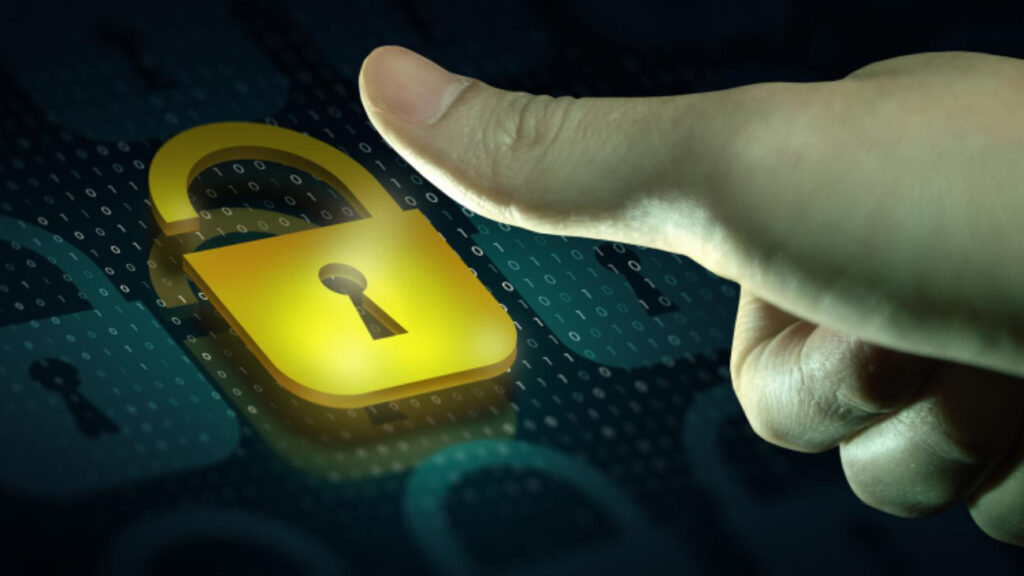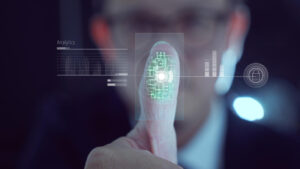Bahaa Abdul Hadi says that as introduced by the European Union (EU) in 2018, the General Data Protection Regulation (GDPR) gives people more control over their personal data in order to allay these issues. But as the digital terrain changes, emerging technologies like distributed identity (DID) are reordering our approach to personal data.
In what way may GDPR complement decentralized identity?
The GDPR was meant to give people more control over how their data is used and safeguard their personal information. It covers any company, anywhere in the world, that gathers or handles data regarding EU citizens.
Although GDPR and distributed identity seem to live in separate worlds, they can coexist—and in fact, decentralized identity has the potential to improve GDPR compliance in key respects.
User Authority and Authorization
Giving consumers control over their personal data is among GDPR’s fundamental tenets. Decentralized identity helps to promote this idea by letting users own their data directly, therefore facilitating the express permission for the usage of personal data. Users of a DID system can approve or reject requests for data sharing, therefore guaranteeing that consent is always gained before any data is distributed. This exactly meets GDPR’s demand for informed, explicit permission from people.
Moreover, DID systems usually provide granular control, allowing users to disclose only particular bits of information as needed—such as verifying they are over 18 without disclosing their birthdate—rather than disclosing all their personal data.
Data Minimization
GDPR stresses data minimization; hence, just the minimum required personal data should be gathered and handled. Under a conventional identification paradigm, this can be challenging to manage since businesses sometimes save too much data, raising data breach risk. With distributed identity, however, users can opt to provide just the required information for a given transaction, hence greatly lowering the volume of data kept and processed by service providers.
To verify their age, a user might, for instance, show their identification without revealing their complete birthdate or other personal information. One major benefit of distributed identity is selective disclosure, which lowers data use risk and increases GDPR compliance.
Rights to Access, Correct, and Eliminate Data
People have the right to view, correct, and delete their personal data under GDPR. Decentered identification systems help to simplify this. The user keeps control over their data; hence, they may readily change or remove their personal data as they consider appropriate. The distributed character of the system guarantees that data is not kept in a central location; therefore, there is no one point where data may be held captive, lowering the chance of non-GDPR compliance issues.
Furthermore, as the user is in charge, they can instantly cancel access to their personal data, thus augmenting their right to data portability and the right to withdraw permission under GDPR.
Conclusion
Not only is it feasible, but also integrating GDPR compliance with distributed identification systems has various benefits for people and companies. Distributed identity conforms with GDPR’s ideas of privacy, openness, and security by allowing individuals control over their personal data, improving security, and guaranteeing that just minimal and relevant information is shared. Technologies like DID might become indispensable for negotiating the complexity of data protection rules like GDPR as we head toward a more dispersed internet.
Adopting distributed identification would enable companies to keep data security regulations compliant while nevertheless fostering confidence with consumers. For people, the development of DID systems offers an interesting chance to take control of their own digital identities, therefore facilitating online interaction while preserving privacy and control over their personal data. The article was written by Bahaa Abdul Hadi and has been published by the editorial board of Identity Herald. For more information, please visit www.identityherald.com.




